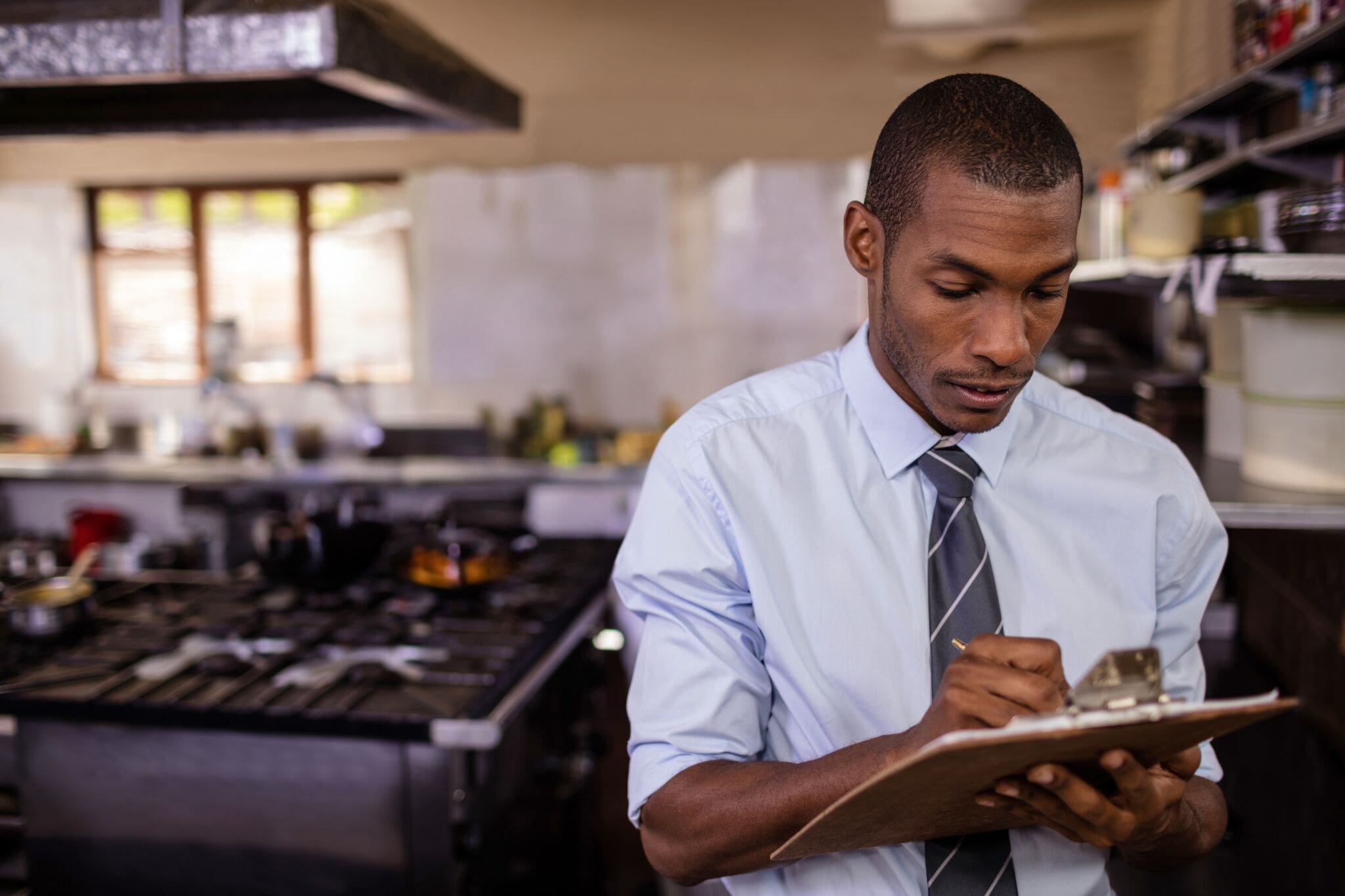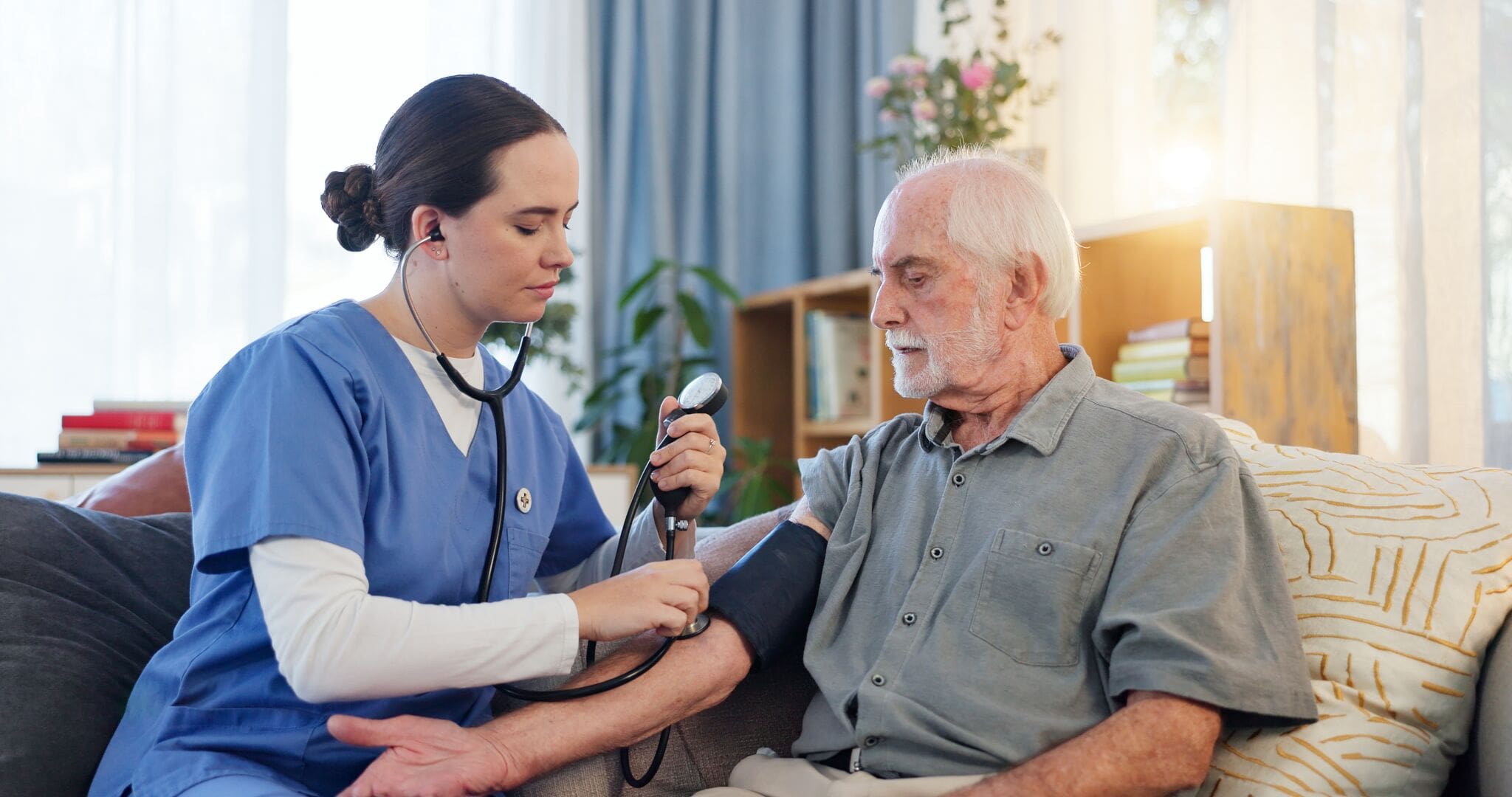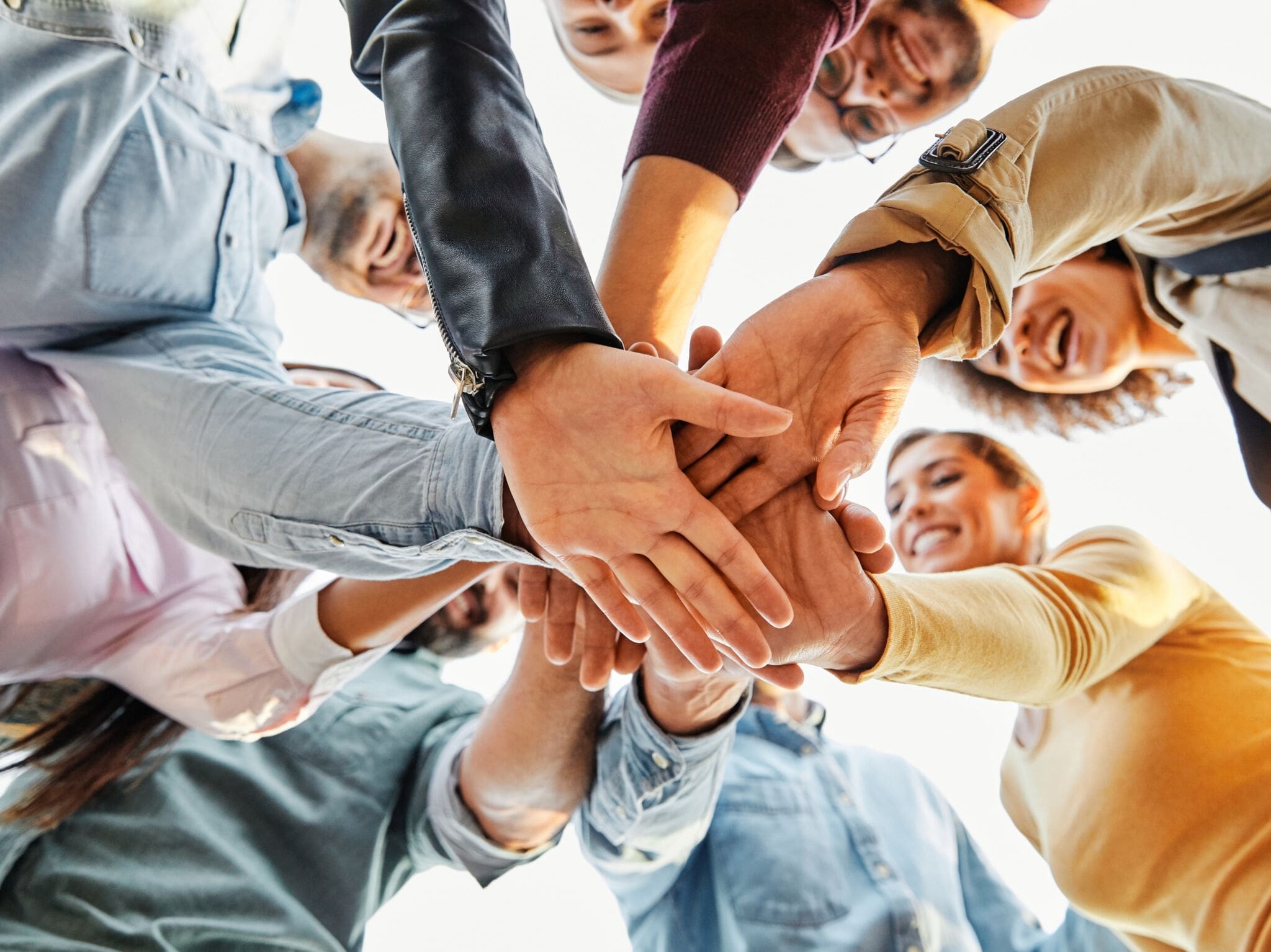In this article
What is Media Literacy?
Media literacy is the ability to access, analyse, evaluate and create media in various forms. It empowers individuals to critically engage with information from sources such as news, social media, advertisements, television, radio and digital content.
The key aspects of media literacy are:
- Access: Knowing how to find and use different types of media effectively.
- Analyse: Understanding the purpose, audience and message of media content.
- Evaluate: Assessing credibility, bias and reliability of information.
- Create: Producing responsible and ethical media content.
- Engage: Interacting with media thoughtfully and responsibly.
Media literacy allows individuals to reflect on media, make informed decisions and take appropriate action. This could include:
- Identifying sponsored content.
- Recognising stereotypes.
- Recognising and analysing propaganda.
- Creating and sharing messages responsibly.
- Understanding how to engage with online media safely.
- Understanding and evaluating the risks of sharing your personal data online.
Developing media literacy requires a person to think critically, evaluate media sources and engage responsibly with media. Some ways to develop media literacy include:
Analyse media messages critically
When consuming media, it is important to identify the purpose of the message, for example, is it designed to inform, entertain, persuade or sell? It is also important to consider the target audience and how this may influence the message, as well as look for any bias or misleading information in the content.
Evaluate sources for credibility
Consumers should check the author’s credentials and expertise and verify facts using multiple reliable sources. Consumers should be cautious of clickbait headlines and emotionally charged language.
Understanding different media formats
Media consumers should be able to recognise how information is presented in news, advertisements and entertainment and on social media. This includes learning how visual elements, such as images, videos and design influence perception.
Identify misinformation and fake news
With AI now being so advanced, media consumers should be aware of the possibility that images have been manipulated. Learning how to recognise deepfake videos and manipulated images is an important skill, particularly with online media. Consumers should also fact-check information and news reports before sharing.
Develop digital literacy skills
This includes learning about the algorithms and echo chambers that shape online content, understanding privacy settings and data protection on social media and practising ethical online behaviour and responsible media sharing.
Engage in thoughtful discussion
Discussing news and media with others can help you gain different perspectives. Open-mindedness and respectful debates can be beneficial. It is also recommended that parents, teachers and other adults teach younger audiences how to navigate media responsibly.
Fake News and Media Bias
Fake news refers to false or misleading information presented as legitimate news. It is often designed to deceive, manipulate opinions or generate profit through sensationalism. Fake news can spread rapidly, especially through social media, and can influence public perception and decision-making.
There are several different types of fake news, including:
- Deliberate misinformation: Completely false stories created to mislead (e.g., hoaxes or propaganda).
- Satire or parody: Humorous or exaggerated content that some people may mistake for real news.
- Clickbait: Sensationalised or misleading headlines designed to attract clicks and generate ad revenue.
- Biased or misleading reports: Stories that distort facts to promote a particular agenda or viewpoint.
- Deepfakes and manipulated media: Edited videos, images or audio clips that misrepresent reality.
Fake news can be dangerous and can spread misinformation, which can cause people to make decisions based on false information. It can also create social and political divisions, which can fuel polarisation and distrust. Although some people may not see fake news as a major issue, in reality, fake news can harm reputations and cause irreparable damage to individuals, businesses and governments.
There are several things people can do to identify fake news, such as:
- Check the source: It is necessary to check the source to ensure it is from a credible, well-known outlet. Reliable news is typically reported by several independent sources so check the source and the frequency of the reporting before believing or sharing the message.
- Look for bias: If a piece of news pushes a strong agenda or emotional reaction, it likely contains bias.
- Check the date: Sometimes, old stories are reshared at a different time, out of context so check the date and background of the story.
- Fact check: If you are unsure, checking any claims to ensure they are factual and accurately portrayed can help to identify any fake news.
To combat fake news, it is important to think before you share and verify all information before spreading it to others. If you come across fake news, you can report it to the relevant platform (e.g., Google or Facebook), which may remove the content.
Media bias refers to intentional or unintentional favouritism in news reporting, where media outlets present information in a way that supports a particular perspective, ideology or agenda. It can shape public perception by influencing how events, people and issues are portrayed.
Types of media bias include:
- Political bias: Favouring one political party, candidate or ideology over another. For example, if a news outlet consistently portrays one political party in a positive light and another party in an unfairly negative light.
- Sensationalism: Exaggerating or emphasising dramatic elements to attract viewers/readers.
- Omission bias: Ignoring or underreporting key facts that could provide a balanced perspective. For example, it can be used to report protests, scandals, or conflicts selectively to fit a certain narrative.
- Framing bias: Presenting information in a way that influences interpretation. For example, using emotional or loaded language to describe an event in order to influence the emotions, beliefs, response or viewpoint of the consumer, for example, using the term ‘freedom fighters’ vs ‘terrorists’ or ‘died’ vs ‘murdered’.
- Confirmation bias: Publishing stories that align with audience beliefs while ignoring opposing viewpoints.
- Advertising bias: Influencing, changing, creating or omitting content to please advertisers or sponsors.
- Corporate bias: Reporting in a way that benefits the media company’s owners or stakeholders.
Media bias can be extremely powerful and can shape public opinion and influence elections, policies and social issues. It can also affect societal trust in journalism, as biased reporting can make people sceptical about all news. Additionally, reinforcing one-sided narratives can not only fuel misinformation but can also create division. Understanding media bias helps individuals become more critical thinkers and ensures they get well-rounded, factual information rather than one-sided views.

Media and Mental Health
Media, including social media, news, television and advertisements, has both positive and negative effects on mental health. While it can provide information, support and entertainment, excessive or uncritical media consumption can contribute to stress, anxiety, depression and low self-esteem. Media can have a profound impact on mental health and can affect a person’s emotions, behaviours and overall wellbeing.
Media and social media are not intrinsically negative and can have a positive influence on mental health. Social media allows people to create online communities and support groups, connect with other people and reduce isolation. Media channels also provide access to mental health resources, including educational videos, articles and online therapy that can spread awareness and support. Media can also offer inspiration and motivation, as consumers have access to positive stories, self-improvement content and motivational media, which can encourage personal growth. Additionally, engaging with media content, including music, films, comedy and online videos, can provide entertainment, boost mood and be a form of stress release.
However, media can also have a negative impact on mental health. Social media can encourage unhealthy comparison, cyberbullying and feelings of inadequacy. The constant exposure to curated, idealised lifestyles can lower self-esteem and contribute to anxiety or depression. Additionally, excessive engagement with negative news, often referred to as doomscrolling, can heighten stress and feelings of helplessness, while misinformation and sensationalised reporting may cause unnecessary fear or panic. Entertainment media and advertising also play a role by promoting unrealistic beauty standards and glorifying unhealthy behaviours, which can lead to body dissatisfaction and poor self-image.
However, media is not inherently harmful. When used mindfully, it can provide education, entertainment and even therapeutic benefits through uplifting content, support groups and online communities. To protect mental well-being, it is essential to set healthy boundaries, curate content thoughtfully and balance media consumption with real-life interactions and self-care activities. By developing media literacy and being intentional with how we engage with media, individuals can harness its benefits while minimising its negative effects on mental health.

Skills for Media Literacy
Media literacy requires a combination of critical thinking, analytical and digital skills to navigate, evaluate and create media responsibly. Because more media than ever is shared online, information can spread rapidly across multiple platforms all over the world. This means that media literacy is more important than ever for making informed decisions, recognising misinformation and understanding how media can influence society.
The key skills essential for media literacy are:
Critical thinking
One of the most important aspects of media literacy is the ability to think critically about the information being received. Critical thinking is the ability to question, analyse and interpret media messages, including recognising bias, identifying misinformation and distinguishing between fact and opinion. Critical thinking allows individuals to:
Question information rather than accepting it at face value
- Analyse the intent behind media messages, e.g., whether they are meant to inform, persuade, entertain or manipulate.Identify logical fallacies, propaganda and misleading claims in news articles, advertisements and social media posts.
- Compare different perspectives to understand how media shapes opinions and narratives.
- Without critical thinking, individuals are more likely to fall for fake news, biased reporting and emotionally charged misinformation.
Source evaluation
With the vast amount of information available online, it is essential to evaluate sources for credibility and accuracy. Source evaluation requires media consumers to assess the credibility, accuracy and reliability of information by checking the author’s background, cross-referencing multiple sources and using fact-checking tools. By developing strong source evaluation skills, individuals can distinguish between reliable journalism and misinformation.
Recognising bias and persuasion techniques
Media messages are often designed to influence opinions and behaviours, whether through news, advertising or entertainment. Recognising these tactics helps individuals become more aware of how media can shape perceptions. Understanding how media can shape opinions through selective storytelling, emotional appeals and misleading headlines is key to media literacy and allows individuals to analyse media objectively.
Digital and technological literacy
Digital and technological literacy includes knowing how to navigate different media platforms, use search engines effectively and protect personal data online. In the modern era, media literacy also requires proficiency with digital tools and technology. For example:
- Navigating various media platforms, including websites, social media, podcasts and streaming services.
- Understanding how algorithms influence what content we see, such as social media platforms prioritising certain posts based on user behaviour.
- Protecting personal data and online privacy, including recognising phishing scams and managing digital footprints.
- Using advanced search techniques to find credible information quickly.
Digital literacy is especially important in preventing online manipulation, as many people unknowingly fall into echo chambers, where they are only exposed to information that reinforces their existing beliefs.
Content creation and ethical communication
Beyond consuming media, media literacy also involves creating and sharing content responsibly. Media literacy teaches people how to create responsible media content, whether writing, videos or graphics, while respecting copyright laws, privacy and ethical guidelines, for example:
- Understanding copyright laws and fair use when using images, videos or music.
- Avoiding plagiarism and misinformation when posting online.
- Practising ethical journalism and reporting facts accurately.
- Engaging in respectful discussions online and avoiding harmful rhetoric.
Understanding media influence and algorithms
Social media and news platforms use algorithms to shape what content people see, often based on engagement patterns and personal interests. However, these algorithms can create filter bubbles or echo chambers, where users are only exposed to viewpoints that reinforce their existing beliefs. Recognising how social media algorithms, advertisements and targeted content shape what we see and believe online is important for media literacy. Media consumers should:
- Diversify their media consumption by following different perspectives.
- Be aware of confirmation bias, which leads people to favour information that aligns with their views.
- Recognise the commercial motives behind algorithms, as social media companies prioritise content that maximises engagement, even if it spreads misinformation.
Being mindful of algorithmic influence helps individuals make more balanced and informed media choices.
Engaging in responsible media consumption
Developing media literacy also means using media in a healthy and responsible way. This involves:
- Limiting screen time to avoid information overload and digital burnout.
- Being mindful of emotional reactions.
- Recognising when media consumption causes negative emotions such as stress, anger or anxiety.
- Engaging respectfully in online discussions and avoiding misinformation spread.
- Developing healthy habits, such as limiting screen time, avoiding clickbait and critically evaluating news before sharing.
By cultivating conscious and intentional media habits, individuals can ensure that media enhances their understanding of the world rather than distorting it.

Media Literacy in Schools
Media literacy in schools refers to the integration of skills that help students critically analyse, evaluate and create media content. Young people are growing up in a world dominated by digital communication, social media and online news, and media literacy has become an essential component of education, as it can help students develop the ability to navigate and interpret the huge amount of information they encounter every day.
Media literacy is essential in schools for multiple reasons, including:
- Prevents misinformation and fake news: Students learn how to fact-check information, identify credible sources and recognise bias or propaganda.
- Develops critical thinking skills: Encourages students to question media messages, understand different perspectives and avoid manipulation.
- Promotes digital citizenship: Teaches ethical and responsible use of digital platforms, including privacy, cyberbullying prevention and respectful online communication.
- Enhances creativity and communication: Helps students create responsible media content, such as blogs, videos and social media posts, while understanding copyright and fair use.
- Prepares for the digital world: Equips students with skills necessary for future careers that require media literacy, digital marketing and content creation.
- Promotes cyberbullying awareness: Media literacy education teaches students about the impact of online harassment and how to respond safely. Schools can use real-life scenarios to help students recognise harmful behaviours and take appropriate action.
- Prevents exposure to harmful content: Teaching students how to evaluate sources and recognise misinformation helps them avoid dangerous online content, including extremist material, fake news and conspiracy theories.
By incorporating media literacy into the curriculum, schools empower students to become informed, responsible and engaged digital citizens, capable of making thoughtful decisions in a media-driven world. Teaching young people media literacy also helps schools to ensure they are meeting their safeguarding responsibilities. Teaching media literacy is a crucial part of safeguarding because it helps students develop critical thinking skills, digital awareness and responsible online behaviour, all of which protect them from risks associated with modern media and technology.
Media literacy can protect young people from harm, including online dangers, misinformation, cyberbullying and digital exploitation. This not only helps schools comply with safeguarding duties, including the UK government’s non-statutory guidance on teaching online safety in schools, but it also prepares students to navigate the digital world safely and responsibly.






